
Harms of Cracks in the Road
Most car accidents are caused by drivers making bad decisions, including speeding, failing to yield, and distracted driving. However, some accidents are caused through no fault of the driver. Poor road conditions can lead to accidents injuring drivers, passengers, and pedestrians.
Poor road conditions can lead to more than just a bumpy ride. Roads can deteriorate to the level where they become dangerous. This includes potholes, uneven road surfaces, broken concrete, exposed rebar, sinkholes, and road cracks.
If a driver hits a large pothole, it could burst the tire causing the vehicle to veer into another lane, colliding with another vehicle. Uneven road surfaces can cause a driver to lose control of their vehicle, leading to a crash or rollover accident injuring the driver, passengers, and pedestrians.
What are we doing for it
In order to increase the repair speed we have create an Road Crack Detector which can be installed on drones. This will allow to inspect the road with higher speed allowing the responsible authorities to get the data more promptly thereby increasing the accuracy.
How we do it
1. Datasets:
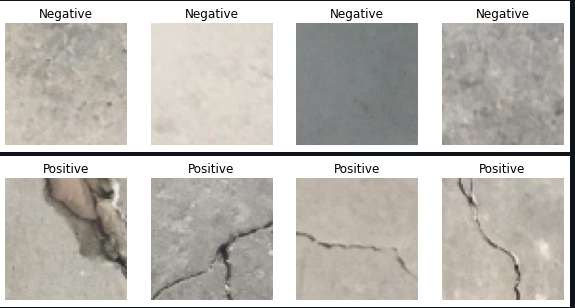
The dataset consists of 40k images which are labeled as Negative and Positive.
2. Model:
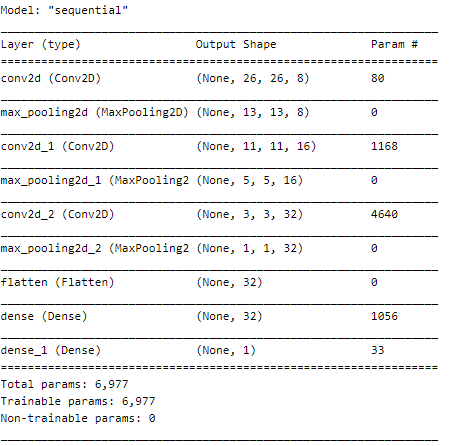
The model is having just 7k parameters which is quite low but still does an extremely good job in identifying cracks on the road.
3. Result:
What better way is there to have a look at the result using graphs. Easing up the numbers to diagrams
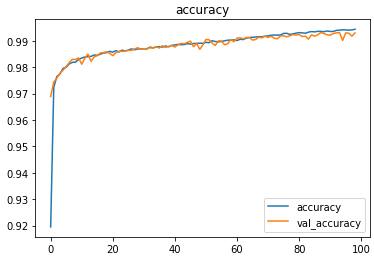
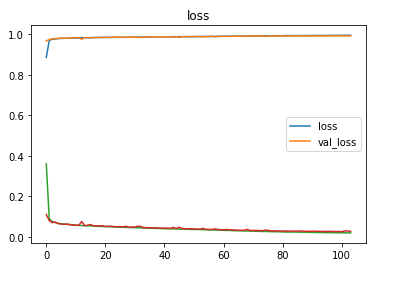
4. Predictions:
As you can see, the road with no crack has been predicted as Negative.

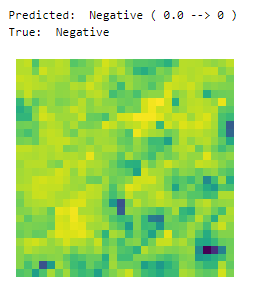
To see the complete implementation
Visit link: Here
Credit: vishal yadav
You may also be interested in
- Learning more about Tyre Pressure Detection using CNN
- Reading about Fuel Efficiency Prediction using Deep Learning
- Also Read: Breast Cancer Detection Using Deep Learning
- Finding out about Convolutional neural network, the brain-inspired algorithms revolutionizing how machines see and understand the world around us
Become a Contributor: Write for AITS Publication Today! We’ll be happy to publish your latest article on data science, artificial intelligence, machine learning, deep learning, and other technology topics.
